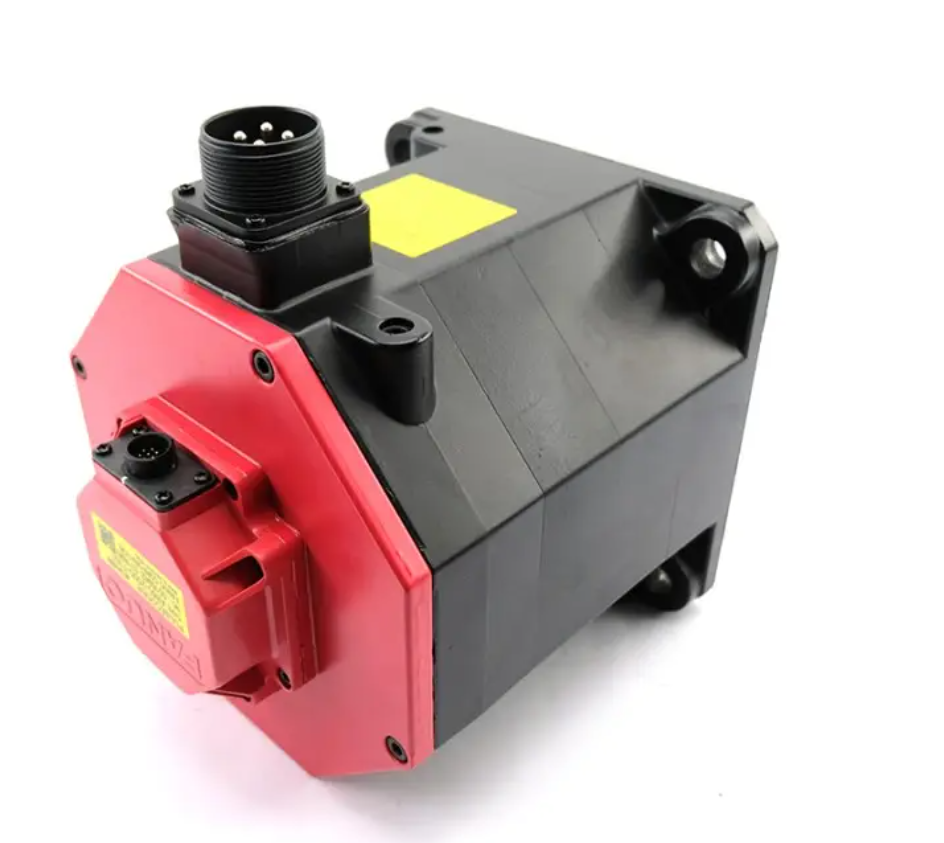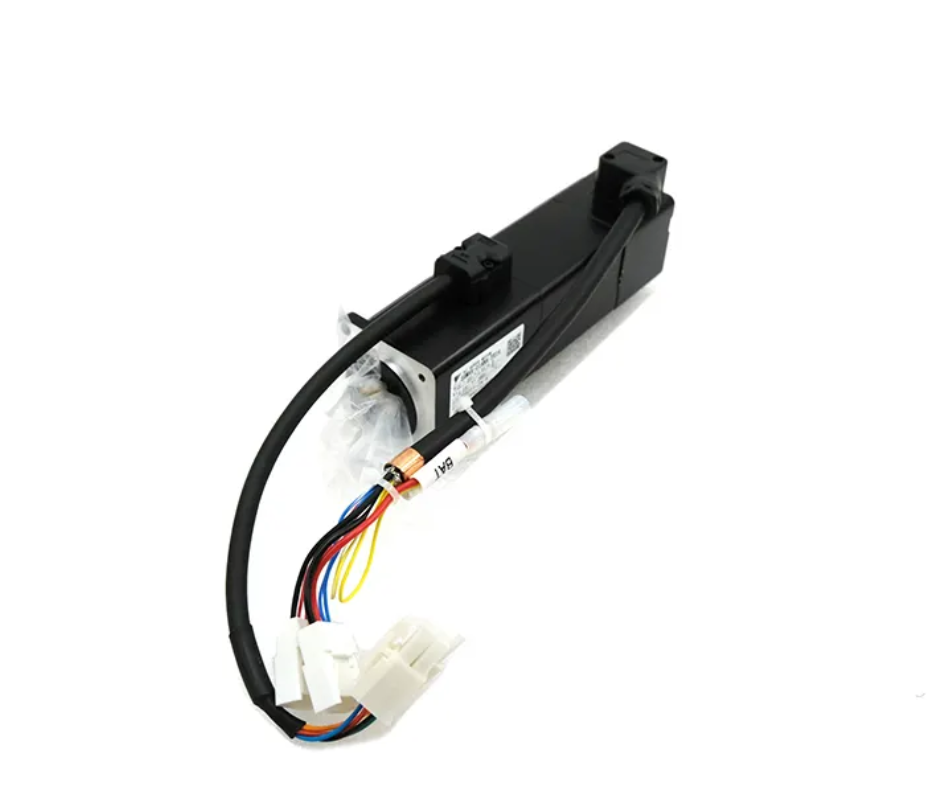About Servo Motors
In industrial automation settings, servo motors play a vital role because they allow for very precise control when it comes to how machines move around. Getting familiar with both the drivers that power these motors and their feedback mechanisms makes all the difference when trying to boost accuracy and get better results from automated processes. Feedback systems matter a lot too. Take potentiometers and encoders for instance these devices constantly monitor what's happening and make adjustments on the fly so the motors run smoothly without wasting energy or making errors during operation.
Understanding Servo Motor Drivers and Feedback Systems
Servo motor drivers basically handle how fast and where a servo motor moves by sending those exact signals needed for whatever job it's doing. The feedback part matters a lot too. Things like potentiometers and encoders keep track of where the motor actually is at any given moment. They then tweak things on the fly so everything runs smoothly. Take look at what happens in real world scenarios. CNC machines need this kind of feedback system to cut materials accurately. Same goes for robotic arms used in manufacturing lines. Without these advanced systems watching over them constantly, getting that fine level of detail just wouldn't be possible across such demanding applications.
Key Roles of Servo Motors in Automation
Servo motors are pretty much essential for modern automation systems since they give precise control over how machines move around. What makes them so valuable is their capacity for exact positioning and smooth rotation, which really boosts productivity on factory floors. Take a look at places like airplane manufacturing plants or car assembly lines where these motors cut down on cycle times while making operations run smoother overall. Market research folks are predicting the servo motor business will hit about $21.44 billion by 2031, which tells us manufacturers across various sectors are increasingly turning to this technology as part of their automation strategies.
DC Servo Motors: Precision in Simplicity
Construction and Working Principle
DC servo motors have a pretty straightforward design, mainly consisting of two parts: the stator and the rotor. What happens here is the stator creates a magnetic field, and the rotor spins around to produce movement, all linked up with some sort of feedback system. Basically, these motors take electrical input and turn it into actual physical motion, doing so quite efficiently most of the time. Because they're relatively simple to build and don't cost too much, many industries rely on them for things like robotics, automation systems, and even certain types of manufacturing equipment where precision matters but budget constraints exist.
Common Applications in Robotics and Small-Scale Automation
DC servo motors are prominent in robotics and small-scale automation. They control precision movements in robotic arms and power drones, ensuring accuracy and responsiveness. In assembly lines, DC servo motors enhance productivity and streamline operations, showcasing their scalability in robotic applications.
AC Servo Motors: Power and Efficiency for Industrial Use
Synchronous vs. Asynchronous Designs
AC servo motors come in synchronous and asynchronous designs, each serving different industrial applications. Synchronous motors ensure precise speed and torque control, ideal for applications with exact motion accuracy. Asynchronous motors are suited for scenarios prioritizing robust performance, such as conveyor systems.
Integration with Servo Motor Drivers for High-Speed Operations
Integrating AC servo motors with advanced servo motor drivers optimizes high-speed operations. The combination enhances operational speed and response times with real-time feedback and predictive maintenance capabilities, ideal for manufacturing environments like CNC machines and automated assembly lines.

Positional Rotation Servo Motors: Controlled Angular Movement
180-Degree Motion Capabilities
Positional rotation servo motors provide precise 180-degree motion, making them ideal for controlled angular movement applications. The mechanics involve gears and belt systems, vital in automation processes like robotic joint movement and assembly lines.
Use Cases in CNC Machinery and Camera Gimbal Systems
Positional rotation servo motors are crucial in CNC machining operations for controlling cutting tools' position. Camera gimbal systems utilize these motors for stabilization, maintaining the camera's angle in dynamic environments.
Continuous Rotation Servo Motors: Unlimited Motion Flexibility
Differences from Standard Positional Servos
Continuous rotation servo motors offer infinite rotation capabilities, contrasting with standard positional servos. Their full-circle rotation makes them advantageous in applications requiring ongoing movement, such as robotic wheels and turret mechanisms.
Applications in Conveyor Belts and Radar Systems
Continuous rotation servo motors are integral to systems demanding continuous motion, like conveyor belts and radar systems. They ensure consistent transportation in logistics operations and seamless 360-degree movement in radar tracking technologies.

Linear Servo Motors: Direct Drive for Straight-Line Precision
Rack-and-Pinion vs. Magnetic Linear Designs
Linear servo motors come in rack-and-pinion and magnetic linear designs. Rack-and-pinion offers strong positional accuracy, while magnetic linear ensures high-speed performance due to reduced mechanical degradation.
Critical Role in 3D Printing and Medical Imaging Equipment
Linear servo motors are pivotal in technologies like 3D printing and medical imaging equipment. They provide control for intricate processes, ensuring high accuracy in 3D builds and enhanced imaging capabilities in MRI machines.
Choosing the Right Servo Motor: Key Considerations
Torque vs. Speed Requirements Analysis
Balancing torque and speed is critical when choosing servo motors to prevent system underperformance. Experts recommend configurations that strike an optimal balance, ensuring reliable control tailored to the application's requirements.
Compatibility with Servo Drivers and Network Gateways
Ensuring compatibility between servo motors, drivers, and network gateways is crucial for seamless integration. Evaluating components' specifications like voltage ratings and signal compatibility enhances efficiency and prevents disruptions.
Frequently Asked Questions (FAQ)
What are servo motor drivers, and why are they important?
Servo motor drivers are essential components that control the motion and speed of servo motors, ensuring precise signals for specific tasks.
How do feedback systems enhance precision in servo motors?
Feedback systems continuously monitor the motor's position, making real-time adjustments to maintain accurate and efficient motor operation.
What applications benefit from positional rotation servo motors?
Applications like CNC machinery and camera gimbal systems benefit from positional rotation servo motors due to their controlled angular movement capabilities.
How do continuous rotation servo motors differ from positional servos?
Continuous rotation servo motors offer infinite rotation capabilities, while positional servos provide precise angular control limited to 180 degrees.
Table of Contents
- About Servo Motors
- DC Servo Motors: Precision in Simplicity
- AC Servo Motors: Power and Efficiency for Industrial Use
- Positional Rotation Servo Motors: Controlled Angular Movement
- Continuous Rotation Servo Motors: Unlimited Motion Flexibility
- Linear Servo Motors: Direct Drive for Straight-Line Precision
- Choosing the Right Servo Motor: Key Considerations
- Frequently Asked Questions (FAQ)

